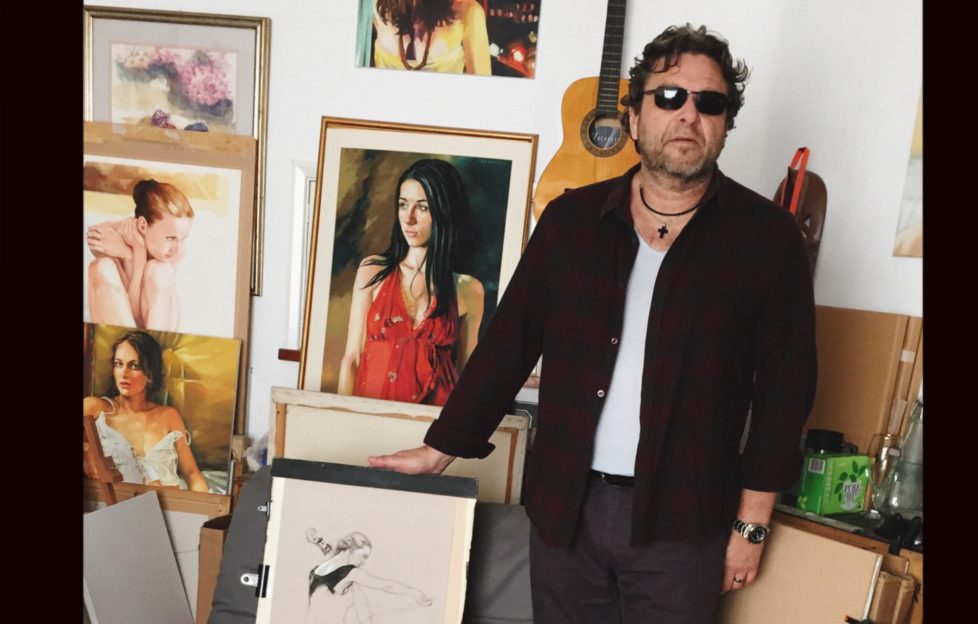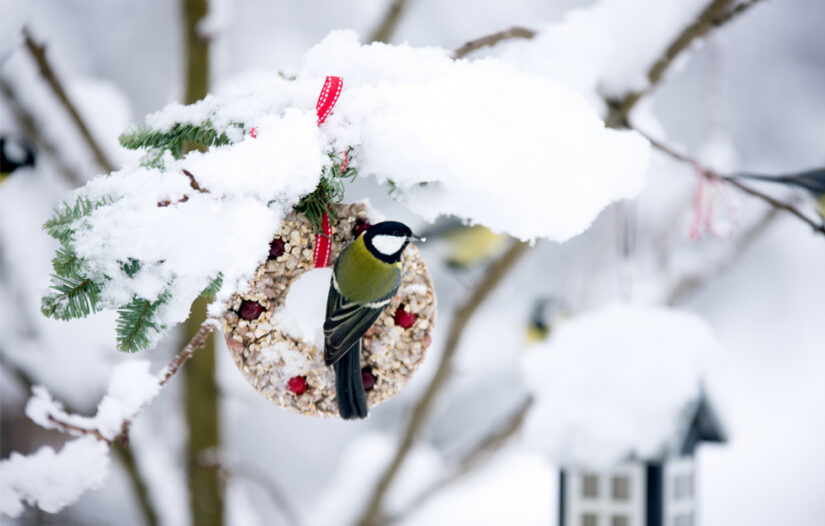
Our Illustrator Of The Week is André Leonard.
You can find André’s latest illustration accompanying the story “Running Aground”, published in our July 18 issue.
You have been illustrating for the “Friend” for a number of years. What are your favourite types of commissions?
I would have to say probably period ones.
Getting the costumes and period settings right adds that extra challenge, and they lend themselves to creating atmospheric images.
At one point I found myself doing a lot of Regency serials.
Is it more challenging to make a living as a freelance artist nowadays compared to when you first started out?
I would say yes, as there is less work around at the moment with budgets being constantly trimmed. Plus more work is being done in-house, or bought off the shelf.
The disappearance of illustrated book covers was, I think, a big blow to a number of freelance illustrators.
It’s magazines like the “Friend” that keep the tradition of illustrating stories going, and provides a helpful source of commissions for established and new illustrators.
Also, what constitutes an illustration now has gone through huge changes with computer generated, 3D and computer modelled scenes now common.
I think it is important to stay up-to-date as much as possible, while still holding on to traditional methods.
This also adds to the challenge as things can change so quickly.
Where do you find inspiration from?
I find inspiration from almost everywhere – books, magazines, films and real life, if something catches my eye.
I think most creative people are magpies of some sort. Capturing and storing things we personally find shiny and bright comes naturally.
Most stories create their own image in my head. Then it’s just a case of how best to realise that image in a way that will appeal to the client and readers.
Are light and colour intrinsic to how you wish to portray the mood or emotion of a scene?
Yes, colour and light are essential to me when producing any kind of artwork.
Colour plays a major part in creating a mood be it upbeat, downbeat, happy or sad. You can set the scene with careful use of colour.
People respond to colour on an emotional level, so artists always have to be aware of it and how they balance it in their work.
Lighting, too, plays a huge part; it’s a medium in itself and essential for creating atmosphere.
Handling colour and light are essential tools for any artist and can take a lifetime to master.
Apart from working on “The People’s Friend”, what other types of illustrative work do you do?
I also do lots of work for other magazines, both here and overseas, including your sister magazine, “My Weekly”.
I still have two agencies which find me work, ranging from advertising to book publishing. And I recently completed a set of four illustrated dinosaur books, which was a new subject for me.
Aside from this, I still work as a figure and portrait painter, working in oils, pastels, watercolour and charcoal mainly, and exhibit when I can.
Basically I spend a lot of my time in my studio as it’s both a job and a passion.
P.S., What’s your one top tip for an aspiring Illustrator Of The Week?
It’s a challenge just choosing one.
I would have to say: make sure it’s what you really want to do, as it can take time to become established.
Show as much of your work as you can, and don’t get discouraged — never take a no too personally.
I’ll sneak one more in, too, and say if your image is for a magazine and you think it’s too bright — it probably isn’t!
For more from our Illustrator Of The Week series, click the tag below.




